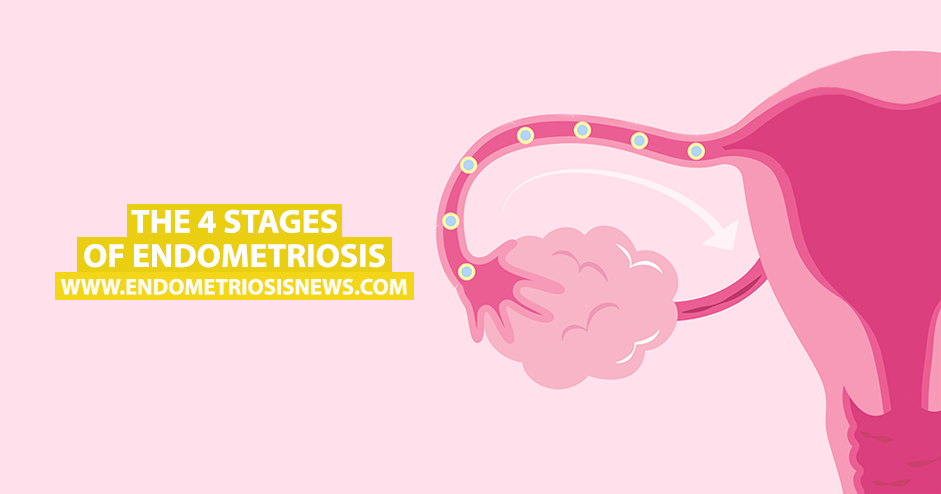Endometriosis is a disease where tissue similar to uterine tissue grows outside of the uterus. The most common symptom is intense pelvic pain that’s at its worst during menstruation. The tissue that grows outside the uterus behaves the same way it does inside the uterus — it breaks up to be expelled, but since it’s not where it should be, it gets trapped inside the pelvis, which is what causes pain and issues like endometrioma.
As per the ASRM (American Society of Reproductive Medicine), endometriosis is described as having four stages. Each stage is based on the location, amount, depth and size of the endometrial tissue and does not automatically reflect the amount of pain, infertility risks or symptoms one may present. A patient can be on stage I and be in a great amount of pain and someone else can be on stage four with little to no symptoms.
MORE: Three tips to help cope with endometriosis pain
Stage I or minimal stage: This stage is usually marked by small patches or lesions or swelling either on or around the organs in the pelvis.
Stage II or mild stage: This stage might be a bit more pervasive than the previous one but the damage of the pelvic organs is still pretty limited. There’s not a lot of scarring or adhesions.
Stage III or moderate stage: This stage is occasionally more widespread. By now, the tissue is beginning to infiltrate the organs in the pelvic region, including pelvic side walls. There may be scarring and adhesions.
Stage IV or severe stage: By this stage, the disease is actively infiltrating and affecting several organs in the pelvic region and the ovaries. This leads to side effects like distortion of the patient’s anatomy and several adhesions.
MORE: Endometriosis in advanced stages seen to complicate births aided by infertility treatments
However, both doctors and patients feel like this method of categorizing the stages of endometriosis is outdated and limited, as it doesn’t correspond with how the disease affects a patient. Because of these complaints, studies are being conducted that may lead to a new classification system.
Currently the rASRM and the Enzian system are both alternative options for classification systems that you may discuss with your doctor. Be aware that despite having been greatly improved in 2011, the Enzian option is still regarded as a bit hard to understand and is more widely used in German-speaking countries.
MORE: New classification system for endometriosis surgical outcomes and complexity being developed
Endometriosis News is strictly a news and information website about the disease. It does not provide medical advice, diagnosis or treatment. This content is not intended to be a substitute for professional medical advice, diagnosis, or treatment. Always seek the advice of your physician or other qualified health provider with any questions you may have regarding a medical condition. Never disregard professional medical advice or delay in seeking it because of something you have read on this website.

